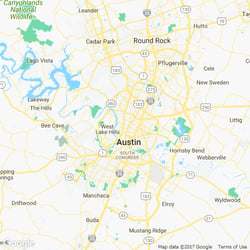Easily Book Lawn Care in Austin, TX
Order Austin lawn mowing and other lawn services near you from the comfort of your screen.

How LawnStarter works
Get started in under 5 minutes

View Pricing

Choose your service date

Let our pros do the work
Why LawnStarter?
Happy customers all over Austin


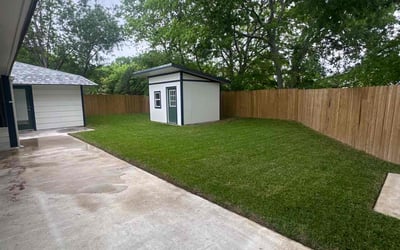
Austin Lawn Care Facts & Resources
Mowing should still be going strong. It varies by the year but many are down to mowing service on a biweekly basis at this point.
Local lawn care resources
Popular Grass Types in Austin
| Bermudagrass | 59% |
| Zoysiagrass | 11% |
| Centipedegrass | 11% |
| Buffalograss | 8% |
| Perennial Ryegrass | 5% |
| Tall Fescue | 4% |
| Kentucky Bluegrass | 3% |
| Long (6-7 inches) | 5% |
| Medium (4-5 inches) | 29% |
| Short (2-3 inches) | 65% |
Lawn Care Facts
| Average Yard Size | 7,967 sq ft |
| Average Mowing Price | $47.69 |
| Weekly Cuts | 5.0% |
| Biweekly Cuts | 91.0% |
| Monthly Cuts | 4.0% |
| Lawns Fertilized | 7.0% |
| Lawns with Leaf Removal | 12.0% |
| Aerated Lawns | 8.0% |
| Yards with Cleanups | 10.0% |
| Days That Are Sunny | 51% |
An app for lawn care, seriously? You betcha! Stay up‑to‑date on your lawn wherever you go.

Easy, Affordable Lawn Care Services in Austin
Austin is great for its year-long warmth and short winters, but this means we stay busy mowing grass and tending to other yard work. Add water restrictions, and lawn care can be a real challenge.
It doesn't have to be that way. You can spend less time in your yard and more time at Zilker Park or cooling off in Barton Springs.
LawnStarter takes lawn care off your to-do list. Hire a local lawn care crew to keep your grass trim and healthy through our notoriously hot summers. Call, click, or book lawn care service via our easy-to-use app. Help is just a few clicks away.
But, if you do choose to DIY your lawn care, we can help you with that too. We live here. LawnStarter was founded in Austin.
Here's what our pros know -- and you need to know -- about lawn care in Austin:.
Best Grass Types for Austin: The best grasses to plant in Austin are St. Augustinegrass, Zoysiagrass, bermudagrass, and ryegrass.
Winter Lawn Care for Austin: Your winter lawn care checklist includes aeration, overseeding and fertilization to prepare your grass for winter. Also do a fall cleanup: Clear your lawn of stray branches, leaves, and toys.
Watering With Restrictions: Know and abide by Austin's water restrictions. Water early in the day as this helps your grass cling to the moisture well into those hot afternoons. Tip from Austin area LawnStarter pro Justin Stultz: Water your lawn deeply, not frequently.
How LawnStarter Can Keep Your Yard Looking Great: In addition to routine grass cutting and lawn maintenance, we also offer landscaping services, bush and tree trimming, weed control, fertilization, aeration, and seeding.
It's easy to get started with LawnStarter. Just call, click, or download our app for a quick and customized quote. We'll send a pro to take care of all your outdoor chores within a few days.
Meet some of our top Austin lawn care pros



Recent Reviews
We encourage feedback from all customers to ensure we are delivering the best service possible.


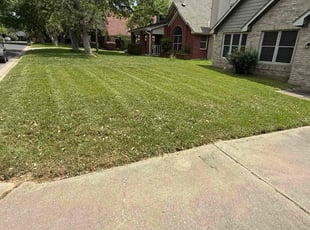
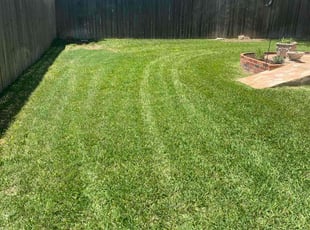

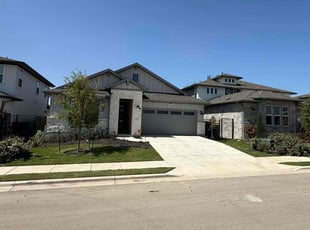

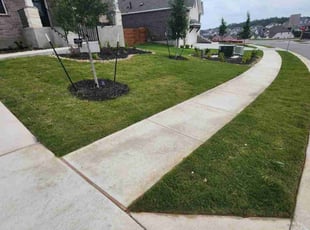
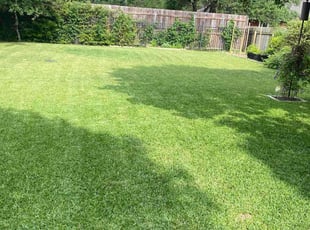

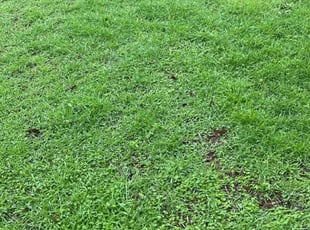
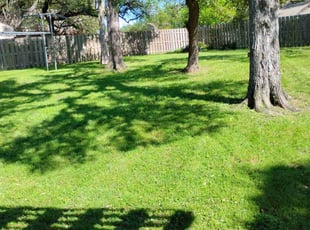
Service Recommendations in Austin
LawnStarter pros will let you know what your lawn needs. Here are some recent recommendations for lawn care services in Austin, TX.
Top Austin, TX Lawn Services of July 2025
